04 July 2017
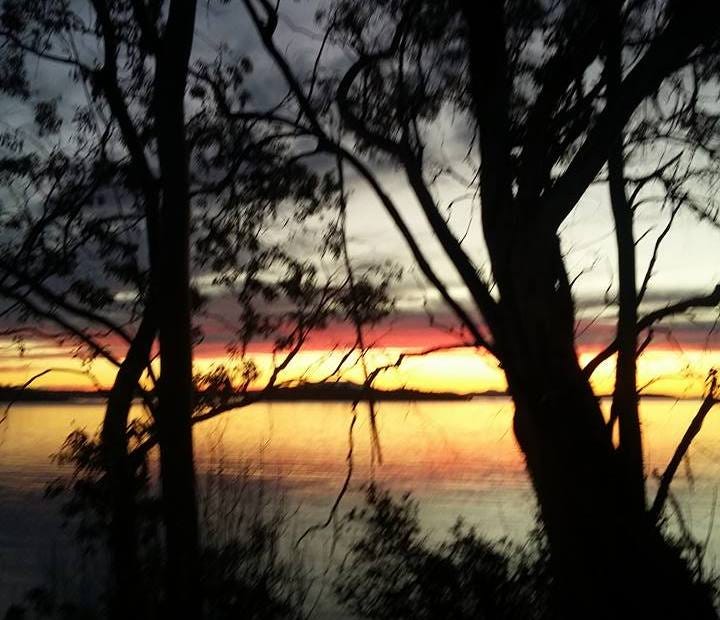
HOBART is the most populous city on the southern island of Tasmania with a population of 221,000 founded in 1803 as a British Colony, penal colony (prisoners). It is the second oldest capital city in Australia after Sydney. Tasmania is only 68,401 kms sqm and 150 miles south of state of Victoria separated by the Bass Strait. The entire population of Tasmania is 500,000 roughly.
It was discovered by Abel Tasman in 1642 and named Van Diemen’s land until 1856.
I stayed in North Hobart in Airbnb with a lovely woman. The first day I was there I spent familiarizing myself with the city and went to Battery point. It had some of the older homes and old markets called Salamanca Markets held every Saturday.
When I was there they had what’s known as dark mofo, it is a festival that runs over 10 days and Hobart has lights and plays. On wednesday night they had Pussy Riot, I didn’t get to see them but I thought wow. They had international acts and people from all over Australia coming over for that. I was only in Hobart for 5 nights from Sunday to Friday then I would fly to Melbourne.
I wanted to get out of Hobart and see rest of island. I certainly appreciated what I saw. It is interesting that in a book written by Robert Hughes called the fatal shore, it was a poem
“The very day we landed upon the fatal shore, the planters stood around us, full twenty score or more; they ranked us like horses and sold us out of hand, they chained us up to pull the plough, upon Van Diemen’s land”, a convict ballad from 1825–1830.
Robert Hughes published the fatal shore in 1987 and it was the first australian history about convicts, there was 160,000 of them. The approved euphemism for these convicts was government man. In the 1840’s he talked about how the Australian identity did not occur until the first world war in Gallipoli.
Its called a mythic event of Gallipoli our Copylam, the history of great deeds. It talks about the history of transportation of convicts to Australia from 1787–1868, that is relatively quite late.
The penal colonies were in the Norfolk Island which was quite harsh and Port Arthur. There are many islands in the Bass Strait Bruny Island, King or Flinders islands and the Macquarie island which is a sub-Antarctic Island that lies 1450 kms to the south east of Tasmania.
I decided to visit Port Arthur, which was a 45 minutes drive from Hobart. Port Arthur was a remote and harsh area with no chance of escape for the convicts who were held there. It was a key part of the colonial system of convict discipline. It was the destination for hardened criminals and repeat offenders.
Port Arthur is the best preserved convict site in all of Australia and had quite a lot of interesting history there about the convicts sent from the UK to serve out their sentences. It was between 1830–1877 that Port Arthur operated as a Penal settlement and the prison was industrialized. I saw the prison and where they were locked up and there was plenty of stories, some were sent there just for stealing bread. There was a lot of buildings and cells you can visit there, I thought it was well worth going to.
I drove back to Hobart but not before seeing the beautiful sunset at Port Arthur, the drive between the two was pretty amazing and stunning scenery.
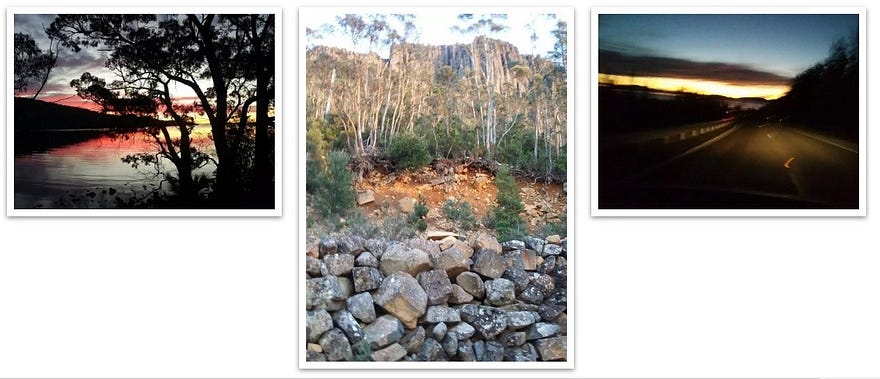
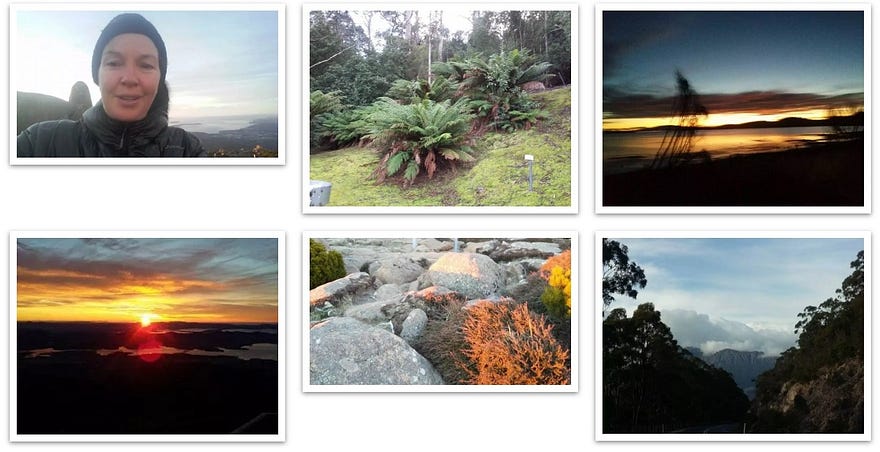
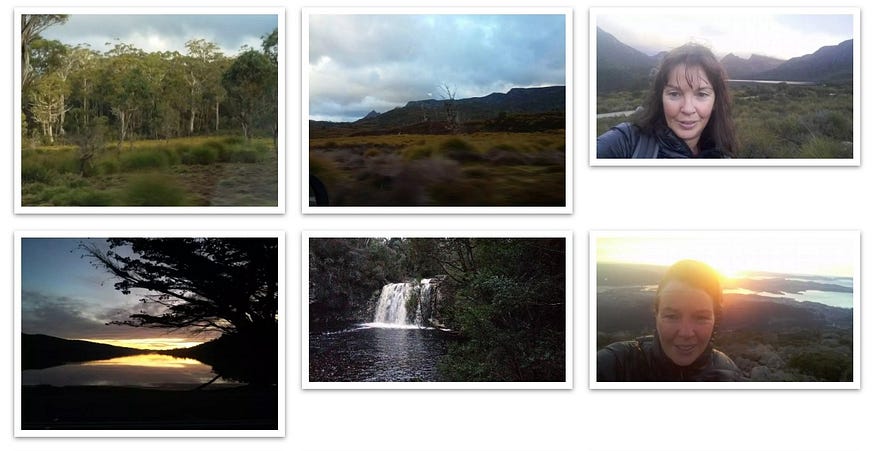


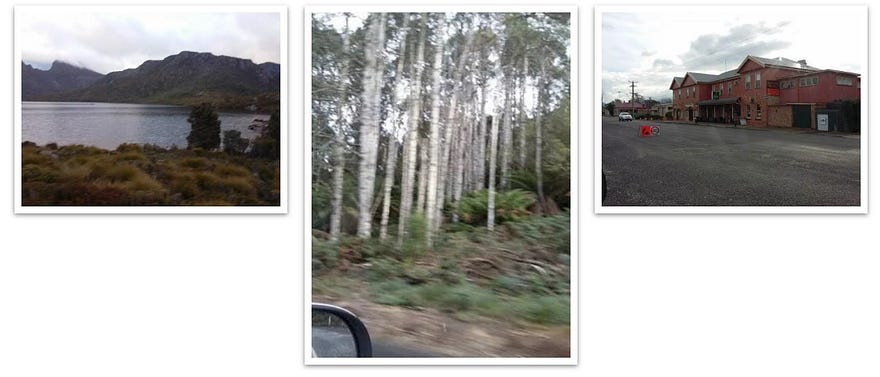
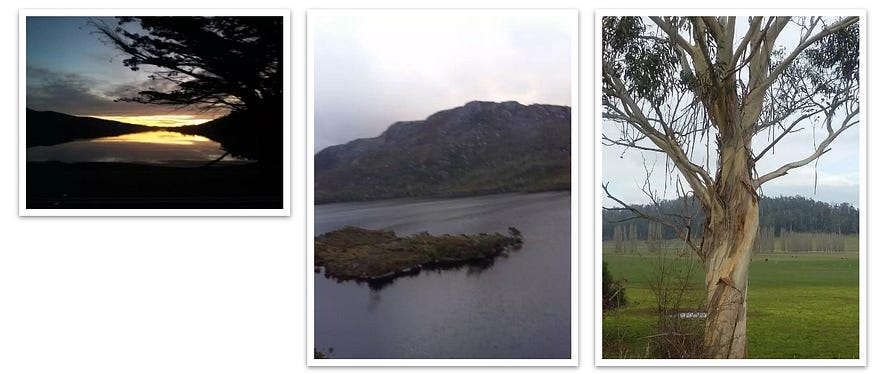
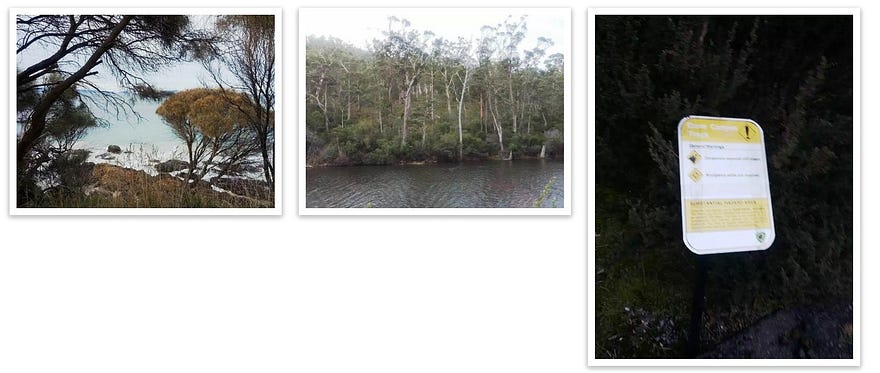

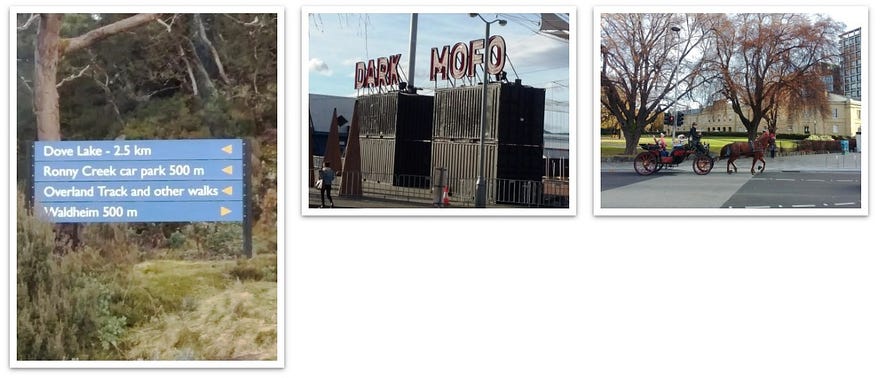


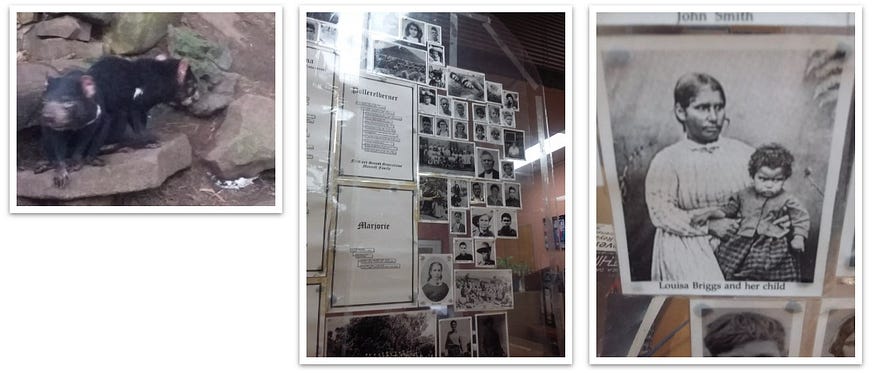
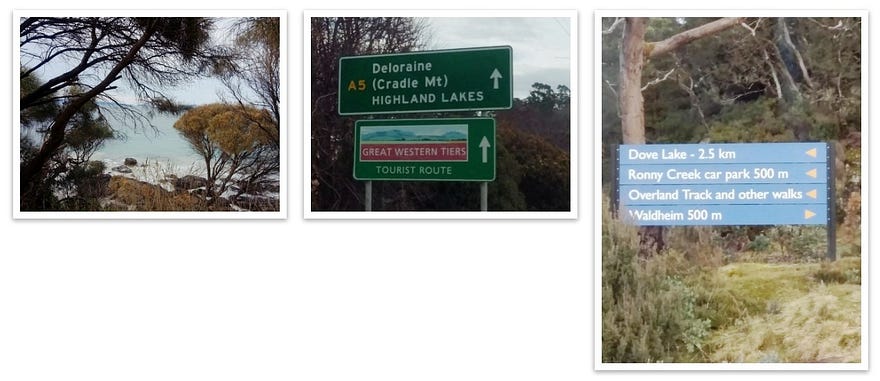
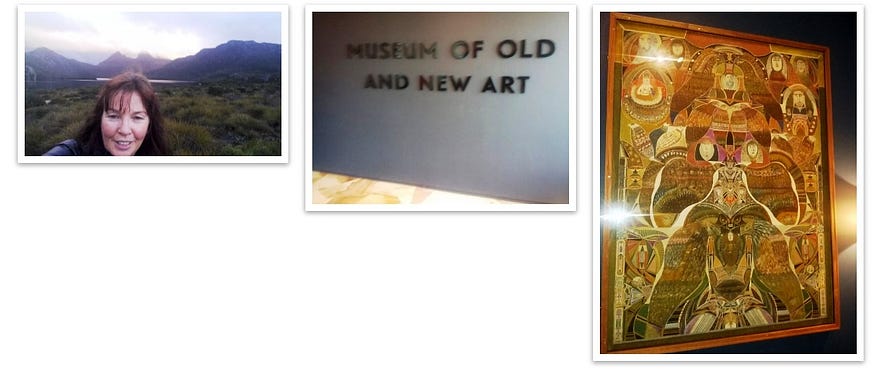
I then decided to do a tour of the whole island. I went to a place unzoo after I was at Port Arthur, I saw two Tasmanian devils fighting, a little joey that was cute and a Tawny Frogmouth, a bird that looks like an owl but isn’t.
Tasmanian Devils fighting in the Unzoo
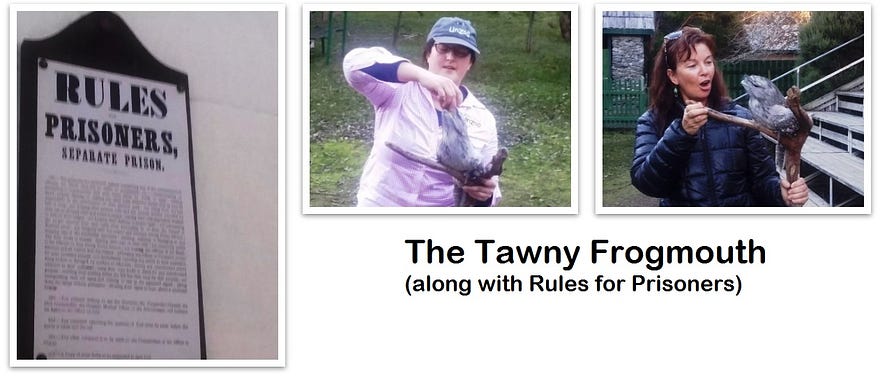
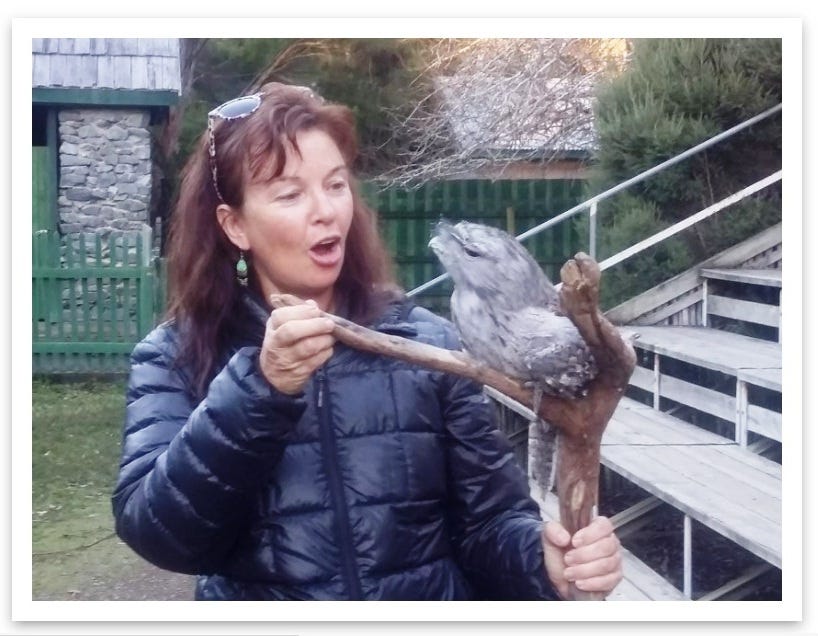
I only had 5 days so I spent 3 days in Hobart. I was told to go to Mount Wellington, it was about 1300–1400 metres high so I drove up some of the way and then walked the rest to see the sunrise. I was amazed at the similarity between New Zealand flora and fauna, they had similar ferns.
I went to information centre in Hobart and they were very helpful, they sent me to Cradle Mountain which is the highest in Hobart and see Dove Lake.
So I drove up the East Coast and had a look at the beautiful beaches there, I went to Swansea and then I ended up in Bicheno, then through Saint Mary’s and Launceston. Launceston was a University town and I stayed somewhere for $20 a night, I stayed there for 2 nights and I went to Deloraine.
Cradle Mountain was in Lake St Clair National Park, 42% of Tasmania is National Park. When you go for a walk in the National parks you have to fill in a register and pay a small fee.
Launceston was lovely and small, I walked around and brought food. I come from Queenstown in NZ and there was a Queenstown in Tasmania which was funny. I wondered why they didn’t use any indigenous Aboriginal names.
What was known as the Black War in Tasmania, it was the attempted extermination of Aborigines that began over land then became over food. The Black War was violent conflict between the British and indigenous Aborigines between 1820–1832. Lieutenant General George Arthur declared Marshall law, legal immunity for killing Aboriginal people and bounties were offered for the killing of them. In 1930 he order the black line a military movement, 2200 civilians and soldiers created cordones to drive aboriginal people out of town districts to an area of confinement. The black line was prompted by the rapid spread of british soldiers and agricultural livestock. The woman and girls suffered sexual abuse.
The Black War has never been described as a genocide, just as in World War 2 it was a planned genocide. There were 20,000 Aborigines living in Tasmania. I visited an Aboriginal organisation and that was interesting.
Tasmania has a good museum known as MONA Museum of old and new art, that is worth going to. There was one artist, that is in vogue at the moment her name is Hilms al Klimt and she was part of the exhibition. She conducted seances with other female artists and she saw herself as a healer and artist.
The exhibition coincided with the festival dark mofo and hundreds of people visited it. The building itself was impressive and I was amazed at what they had, all different cultural art. There was a lot of interesting things going on anyway.
Five days wasn’t enough time to spend there, I had a good time.
I flew from Hobart to Melbourne after that.
Here is my Amazon author page. I’m also publishing my books, progressively, on other platforms.
Subscribe to our mailing list to receive free giveaways!